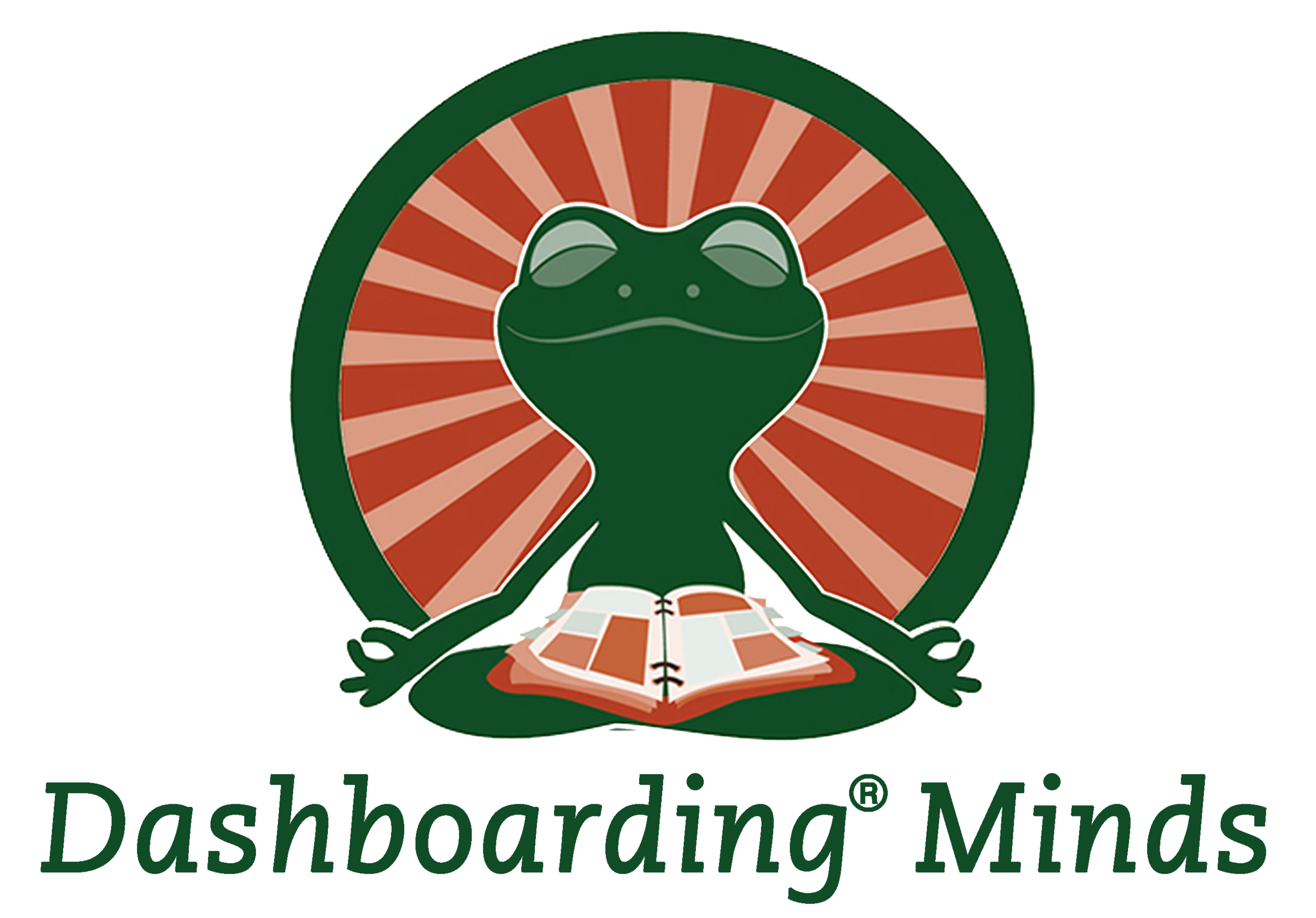Hi there!
I’m Gail Kreitzer, the inventor of the Dashboarding® approach to mental organization which helps busy professionals cultivate work/life balance, mindfulness and efficiency.
Recently, I was invited to contribute an article to a quarterly report published by the Prime Services Business Consulting division of Wells Fargo in NYC. I share my perspective on how fostering a more holistic approach to mental organization is another way to cultivate mindfulness and efficiency.
-Gail Kreitzer
Consultant, Coach & Speaker
Dashboarding® Minds
“To a mind that is still, the whole universe surrenders.” - Lao Tzu
Organizational Leadership:
Transforming the Employee Experience - Optimizing Your Team’s Performance
By: Gail Kreitzer, Consultant & Coach, Dashboarding Minds
Organizational Leadership- Optimizing Your Team’s Performance
By: Gail Kreitzer, Consultant & Coach, Dashboarding Minds
Within the financial sector, increasingly competitive and volatile global market forces often breed acutely demanding corporate cultures, which tend to obliterate work/life boundaries. Even the “best and brightest” employees suffer when work/life demands pile on at a faster pace than they can resolve.
Consider the plight of an employee who, in addition to managing a heavy and complicated workload, may be dealing with their child’s serious illness, a contentious relationship, marriage, or divorce, a declining parent, or mounting financial pressures. More often than not, they find themselves operating in a highly reactive state, working harder, longer and faster in order to manage all of the things that are competing for their limited time and attention.
This type of response can lead to increased stress levels and can negatively impact the “Whole Employee”, which simply refers to an individual’s combined mental, physical and emotional well-being.
Left unchecked, pervasive employee stress and lack of support pose significant risks to a company and its stakeholders. First, it can render traditional approaches to optimizing performance ineffective. Second, the organization may lose valuable institutional knowledge and intellectual property if an employee decides to leave to seek a presumably less stressful environment. Finally, it may
negatively impact a company’s ability to attract new talent, especially from the Millennial and Gen-Z talent pools who tend to prioritize a more “fulfilling” work/life experience.
All of these potential outcomes will directly impact the bottom line. According to a 2017 poll conducted by the American Psychological Association, $300 billion in lost annual productivity can be attributed to workplace stress.
Today, large companies are re-evaluating nearly every aspect of an employee’s work experience in order to cultivate a more “mindful” employee- someone who is better equipped to reflect on the implications of their choices, decisions, and actions. Yoga classes, meditation training, and employee relaxation rooms are becoming more of the rule as opposed to an exception. Additionally, mindfulness training is being incorporated into leadership development and team building exercises. According to market research firm IBISWorld, meditation and mindfulness is estimated to be a $1.1 billion dollar industry and growing rapidly.
What else can Leaders do to optimize their team’s performance, at a low cost?
An often overlooked, yet highly impactful mindfulness tactic is an employee’s approach to mental organization. Specifically, how they classify, organize, store, and access tasks (and thoughts) in order to prioritize and execute across all areas of their lives. Often, employees utilize a piecemeal approach to their work/life organization, which leaves them feeling scattered and stressed.
If their overall approach is not helping them to actively and continuously distill the relentless onslaught of competing demands, their ability to prioritize and execute effectively will become greatly impaired. The result is a perpetual state of overload.
Instead, leaders can help their employees by providing their teams with an opportunity to evaluate and assess their approach to mental organization in order to determine if it is helping them develop their own performance and attain a balanced approach to the many demands on their time.
Valuable questions to address include:
Does an employee’s approach to organization help them to pragmatically
Foster awareness of the bigger picture as well as the smaller details?
Improve their ability to focus their attention?
Minimize potential distractions?
Operate less reactively and more intentionally?
Clear their minds and identify potential stressors?
Stay tightly connected to their professional and personal priorities?
Efficiently pivot between the different areas of their lives?
In many instances, an employee may not have fully considered their own role in perpetuating their state of overload. Ultimately, the overarching question becomes, “Does the employee leverage an approach to mental organization that focuses primarily on maximizing small slivers of their output, or does it more appropriately focus on the Whole Employee and all of the demands the individual must meet?”
When Leaders make the effort to foster a more mindful and holistic approach to mental organization within their teams, they provide invaluable support that crosses the work/life divide. Their employees, in turn, can better meet the demands of a rapidly evolving work environment.
This article was originally published in Wells Fargo Prime Services Business Consulting June 2019
Start Dashboarding®
I help individuals as well as organizations deliver on their health & wellness goals and initiatives by providing a unique approach to cultivating mindfulness and efficiency. My training is designed to be highly interactive, hands-on, motivational and practical.
At the end of Dashboarding® training, participants have learned a pragmatic framework which they can use to filter out the day-to-day clutter across all areas of their work/life and stay connected to their priorities.





